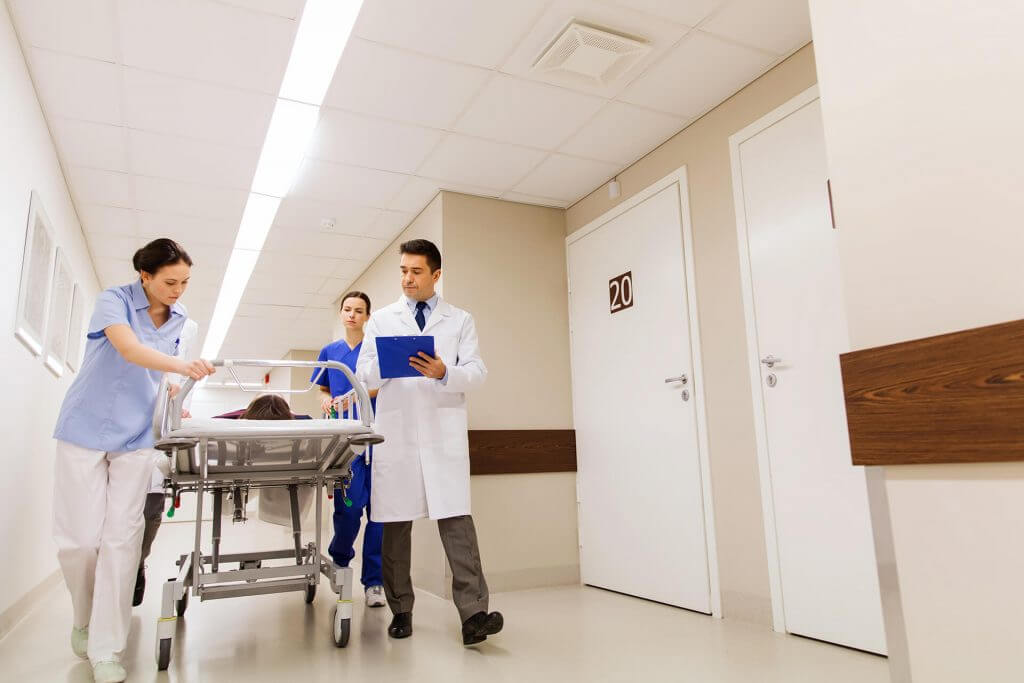The most important way to always be ready for an emergency is to remain prepared for the unexpected. Map out the fastest route to the nearest emergency center like Angleton ER before a problem occurs.
Maintain a list of up-to-date emergency contact numbers and keep it posted by the telephone. Make sure everyone who lives in the household, even young children, know how to call these important numbers. General emergency contact numbers include:
- 911
- Doctor’s office
- Ambulance
- Poison control
- Police department
- Fire department
- Family
- Friends
- Neighbors
- Work
If you suffer from a chronic illness, make it a habit of wearing a medical identification tag. The elderly, particularly those who live alone, should have access to an in-home emergency response system.
How to Help Someone in Need?
The first step is always to remain calm and call 911. If necessary, and if you are trained to do so, start CPR or rescue breathing.
If the ailing person is unconscious or semiconscious, place him or her in a recovery position and wait for the ambulance. Never move a person in case there is a neck injury.
- Once the person arrives at the ER, the patient will immediately be evaluated. Those with life-threatening conditions or loss of a limb will be treated before all else. Less urgent situations will be required to wait.
Always call 911 or your local emergency number if:
- Someone is experiencing a heart attack, a severe allergic reaction or some other life-threating condition.
- A person’s condition worsens while traveling to the emergency center.
- In cases like a neck injury or car accident where moving the patient may cause further injury.
- The injured person needs the support and expertise of paramedics.
- Traffic delays get in the way of getting the ailing person to the emergency center promptly.
In the event of a medical emergency:
- Do not move the injured person unless there is danger of further harm.
- Keep the injured person warm.
- Do not exceed your training or knowledge when attempting to render first aid.
What is the first step to take in the event of a medical emergency?


